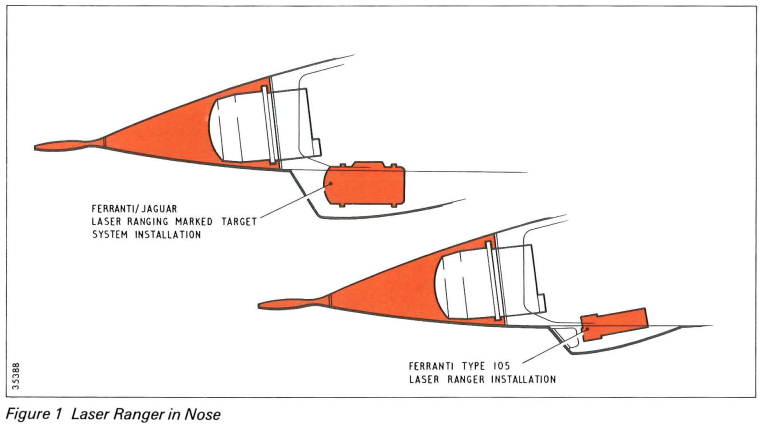So yes, Tornadoes do probably need to happen after all, looks like I lost track of when Tornado was developed. But Jaguar doesn't need to happen.
When P.1154 was still alive, Jaguar as we know it was not thought of but the requirements were - AST.362 was specially for an advanced trainer capable of supersonic speed and with modern avionics to enable pilots to transition from the Jet Provost to the TSR.2 and P.1154 Operational Conversion Units - there was even talk of adding V/STOL to the trainer requirement for that reason (although a 2-seat P.1154 conversion trainer was later planned).
It's possible had P.1154 materialised that AST.362 might have been met by either the VG-wing BAC P.45 or one of the V/STOL designs cooked up by Hamble and Kingston at Hawker Siddeley. More likely with money going into P.1154 (even assuming TSR.2 dies) that the historical tie up with France goes ahead as spending 50% on the project is more affordable than trying for 100% (the TSR/1154/851 trio blocked all funding attempts for AST.362).
Assuming the Breguet Br.121 is still selected, the RAF is on course to get a large fleet of supersonic trainers for 1972.
Historically the 1966 Defence Review brought the Jaguar S into being and then in 1970 the Air Staff rejected the supersonic trainer as too expensive and the Jaguar S reigned supreme from that point on and entered service in 1974.
So in a world with P.1154 either:
a) the RAF sticks with the Jaguar B trainer and ends up with an expensive fleet of supersonic trainers into the 1980s-90s and there is no Hawk (so no 1980s Hawk sales boom and Alpha Jet cleans up the world trainer market).
b) the RAF buys a smaller number of Jaguar S, perhaps 2-3 squadrons worth to operate alongside P.1154, perhaps for overseas use.
c) the RAF walks away in 1970 and seriously pisses off the French who cut the helicopter deal and possibly Concorde too, leaving all kinds of damage it its wake (no Puma, no Gazelle, Lynx might be scuppered) and likely BAC is pissed off too as they have nothing on the drawing board or on the factory floor in terms of military kit.
Assuming that CVA-01 dies in 1966 to save money for the aircraft, and
Ark Royal, Eagle and
Hermes get a reprieve until the late 1970s, then the RN has an expensive V/STOL fighter with no ship post-1978 as historical. The RAF might pick them up as additional interceptors. Or it means a larger
Invincible is required and re-ignites the carrier arguments in the early 1970s. Would a larger carrier design survive the Mason Review of 1975?

